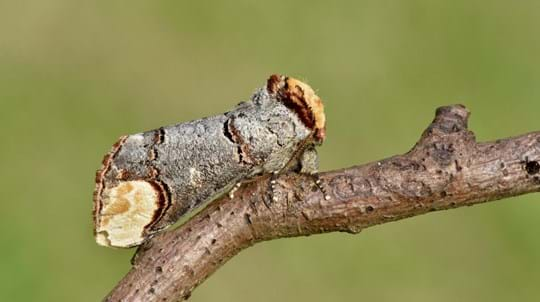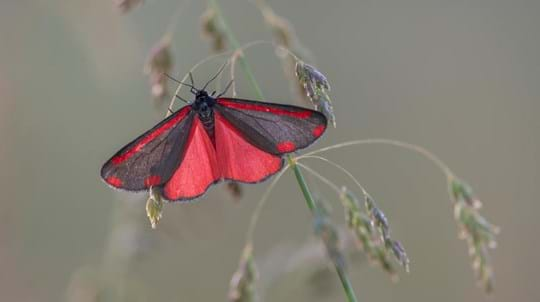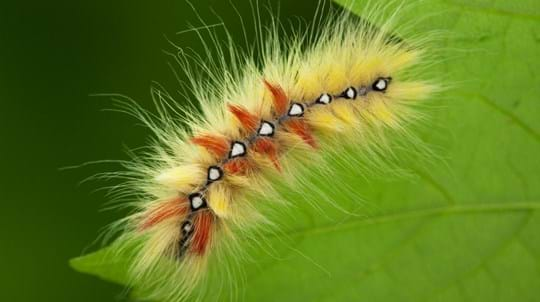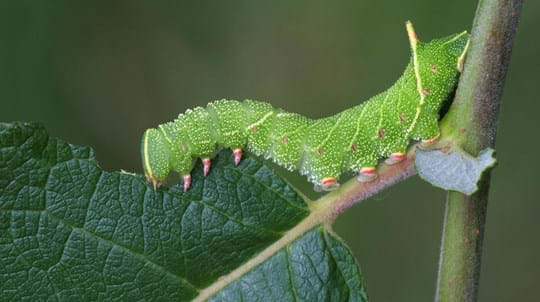
Credit: Robert Thompson / naturepl.com
How do goat moths breed?
Larvae burrow holes into broadleaved trees like oak or ash. They spend up to five years growing until they are ready to pupate. In August or September, larvae leave their burrow homes to pupate on the ground, wrapping themselves in a soil cocoon. They overwinter as pupae and emerge as adults in the summer.











